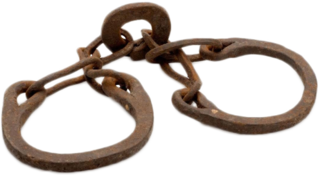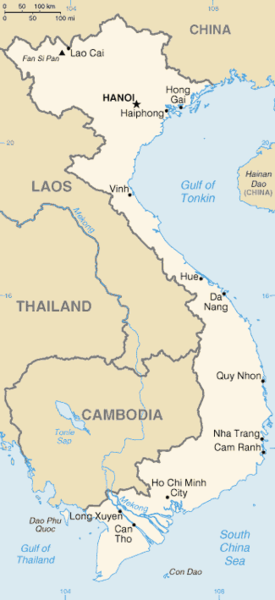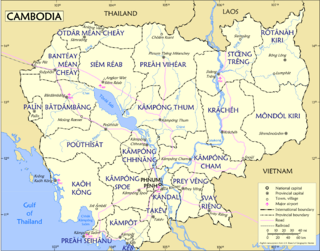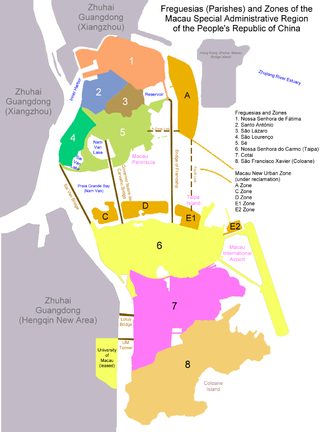
Sexual slavery and sexual exploitation is an attachment of any ownership right over one or more people with the intent of coercing or otherwise forcing them to engage in sexual activities. This includes forced labor that results in sexual activity, forced marriage and sex trafficking, such as the sexual trafficking of children.

Sex trafficking is human trafficking for the purpose of sexual exploitation. It has been called a form of modern slavery because of the way victims are forced into sexual acts non-consensually, in a form of sexual slavery. Perpetrators of the crime are called sex traffickers or pimps—people who manipulate victims to engage in various forms of commercial sex with paying customers. Sex traffickers use force, fraud, and coercion as they recruit, transport, and provide their victims as prostitutes. Sometimes victims are brought into a situation of dependency on their trafficker(s), financially or emotionally. Every aspect of sex trafficking is considered a crime, from acquisition to transportation and exploitation of victims. This includes any sexual exploitation of adults or minors, including child sex tourism (CST) and domestic minor sex trafficking (DMST).
Forced prostitution, also known as involuntary prostitution or compulsory prostitution, is prostitution or sexual slavery that takes place as a result of coercion by a third party. The terms "forced prostitution" or "enforced prostitution" appear in international and humanitarian conventions, such as the Rome Statute of the International Criminal Court, but have been inconsistently applied. "Forced prostitution" refers to conditions of control over a person who is coerced by another to engage in sexual activity.
In 2008 Vietnam was primarily a source country for women and children trafficked for commercial sexual exploitation and forced labor. Women and children were trafficked to the People’s Republic of China (P.R.C), Cambodia, Thailand, the Republic of Korea, Malaysia, Taiwan, and Macau for sexual exploitation. Vietnamese women were trafficked to the P.R.C., Taiwan, and the Republic of Korea via fraudulent or misrepresented marriages for commercial exploitation or forced labor. Vietnam was also a source country for men and women who migrate willingly and legally for work in the construction, fishing, or manufacturing sectors in Malaysia, Taiwan, P.R.C., Thailand, and the Middle East but subsequently face conditions of forced labor or debt bondage. Vietnam was a destination country for Cambodian children trafficked to urban centers for forced labor or commercial sexual exploitation. The country had an internal trafficking problem with women and children from rural areas trafficked to urban centers for commercial sexual exploitation and forced labor. Vietnam was increasingly a destination for child sex tourism, with perpetrators from Japan, the Republic of Korea, the P.R.C., Taiwan, the UK, Australia, Europe, and the U.S. In 2007, an Australian non-governmental organization (NGO) uncovered 80 cases of commercial sexual exploitation of children by foreign tourists in the Sa Pa tourist area of Vietnam alone.
Indonesia is a source, transit, and destination country for women, children, and men trafficked for the purposes of commercial sexual exploitation and forced labor. The greatest threat of trafficking facing Indonesian men and women is that posed by conditions of forced labor and debt bondage in more developed Asian countries and the Middle East.
Sex trafficking in Thailand is human trafficking for the purpose of sexual exploitation and slavery that occurs in the Kingdom of Thailand. Thailand is a country of origin, destination, and transit for sex trafficking. The sexual exploitation of children in Thailand is a problem. In Thailand, close to 40,000 children under the age of 16 are believed to be in the sex trade, working in clubs, bars, and brothels.

During and following the Korean War, the United States military used regulated prostitution services in South Korean military camptowns. Despite prostitution being illegal since 1948, women in South Korea were the fundamental source of sexual services for the US military and a component of Korean-American relations. The women in South Korea who served as prostitutes are known as kijichon (기지촌) women, also called as "Korean Military Comfort Women", and were visited by the US military, Korean soldiers, and Korean civilians. The prostitutes were from Korea, Philippines, China, Vietnam, Thailand, Sri Lanka, Nepal, Indonesia, and the Commonwealth of Independent States.
Sex trafficking in China is human trafficking for the purpose of sexual exploitation and slavery that occurs in the People's Republic of China. It is a country of origin, destination, and transit for sexually trafficked persons.

Sexual slavery in China is sexual exploitation and slavery that occurs in the People's Republic of China.
Sex trafficking in Myanmar is human trafficking for the purpose of sexual exploitation and slavery that occurs in the Republic of the Union of Myanmar. Myanmar is primarily a source and transit country for sexually trafficked persons.

Sex trafficking in Vietnam is human trafficking for the purpose of sexual exploitation and slavery that occurs in the Socialist Republic of Vietnam. Vietnam is a source and, to a lesser extent, destination country for sexually trafficked persons.
Sex trafficking in Laos is human trafficking for sexual exploitation and slavery that occurs in the Lao People's Democratic Republic. Laos is primarily an origin country for sexually trafficked persons.

Sex trafficking in Cambodia is human trafficking for the purpose of sexual exploitation and slavery that occurs in the Kingdom of Cambodia. Cambodia is a country of origin, destination and transit for sex trafficked persons.
Sex trafficking in the Philippines is human trafficking for the purpose of sexual exploitation and slavery that occurs in the Republic of the Philippines. The Philippines is a country of origin and, to a lesser extent, a destination and transit for sexually trafficked persons.

Sex trafficking in Hong Kong is human trafficking for the purpose of sexual exploitation and slavery that occurs in Hong Kong. Hong Kong is a city of origin, destination, and transit for sexually trafficked persons.

Sex trafficking in Macau is human trafficking for the purpose of sexual exploitation and slavery that occurs in the Macao Special Administrative Region of the People's Republic of China. Macau is predominantly a destination country for sexually trafficked persons.
Sex trafficking in Japan is human trafficking for the purpose of sexual exploitation and slavery that occurs in the country. Japan is a country of origin, destination, and transit for sexually trafficked persons.

Sex trafficking in Mongolia is human trafficking for the purpose of sexual exploitation and slavery that occurs in the country. Mongolia is a source, transit and destination country for sexually trafficked persons.

Sex trafficking in Brunei is human trafficking for the purpose of sexual exploitation and slavery that occurs in the country.
Cybersex trafficking, live streaming sexual abuse, webcam sex tourism/abuse or ICTs -facilitated sexual exploitation is a cybercrime involving sex trafficking and the live streaming of coerced sexual acts and/or rape on webcam.









